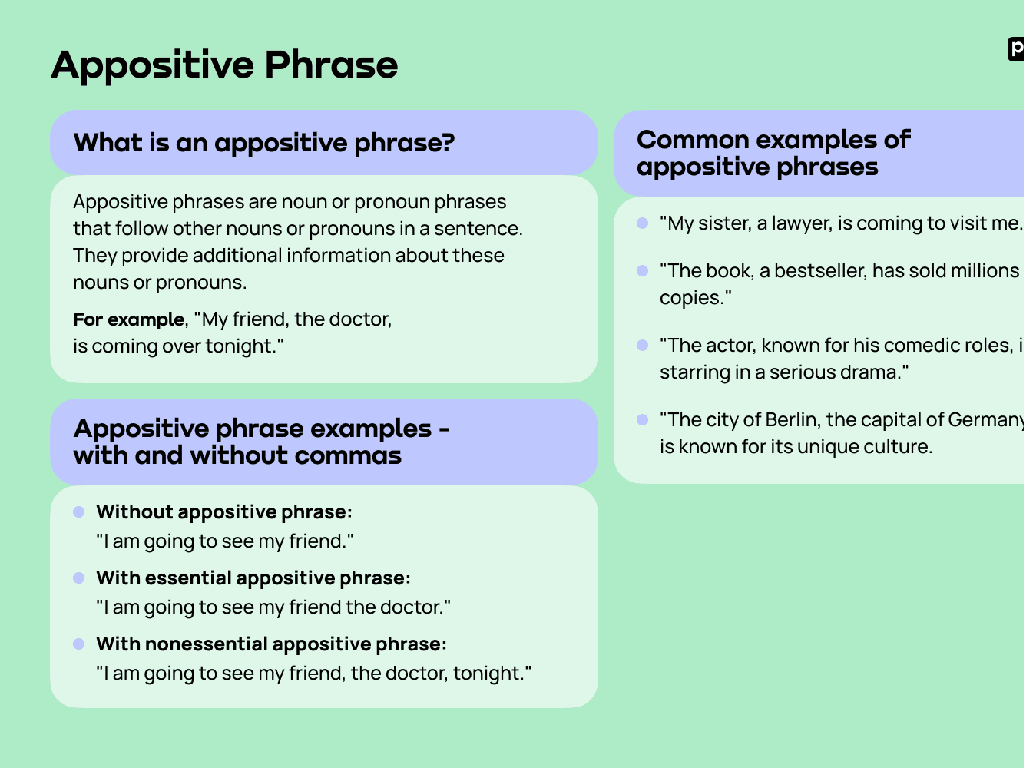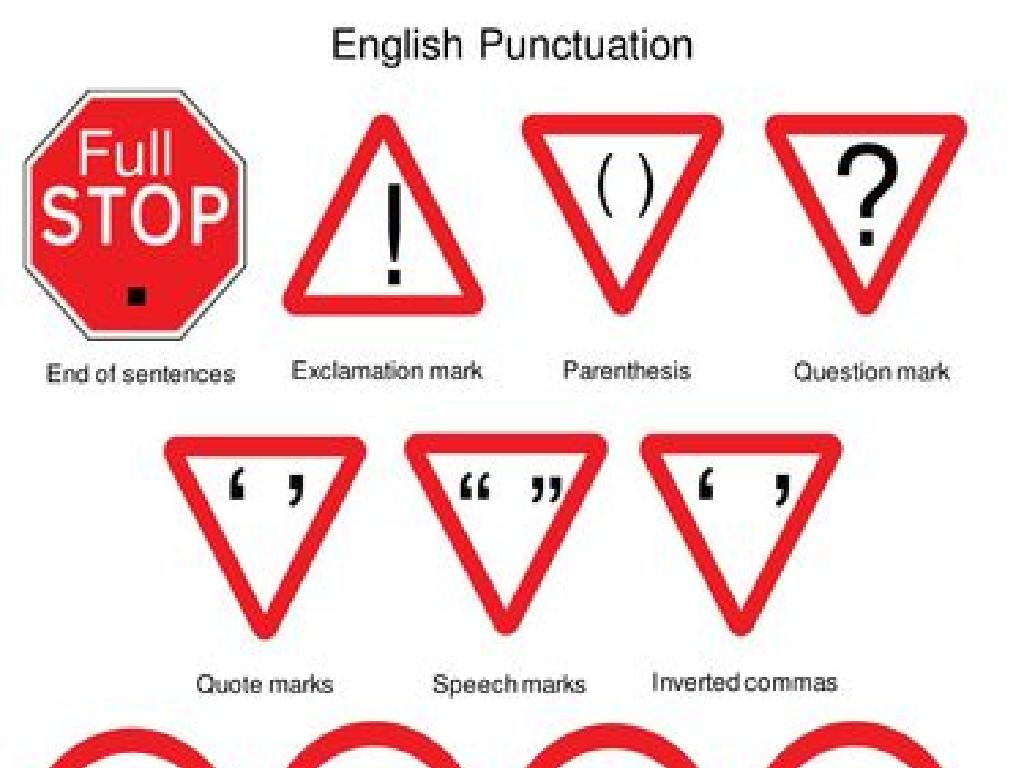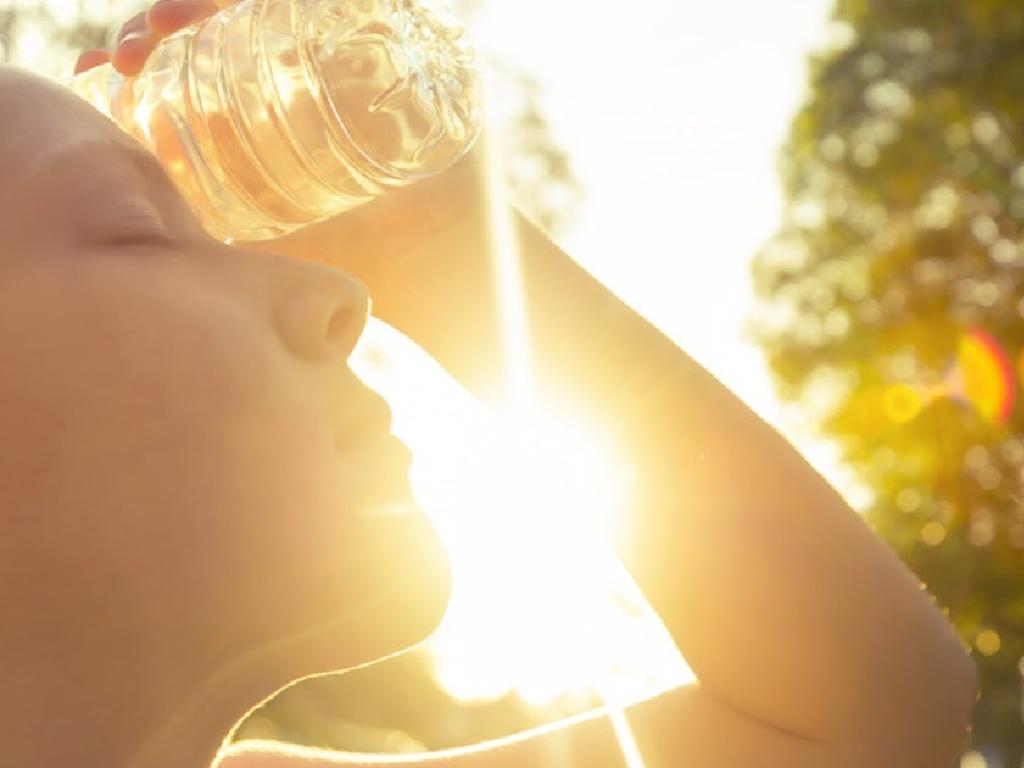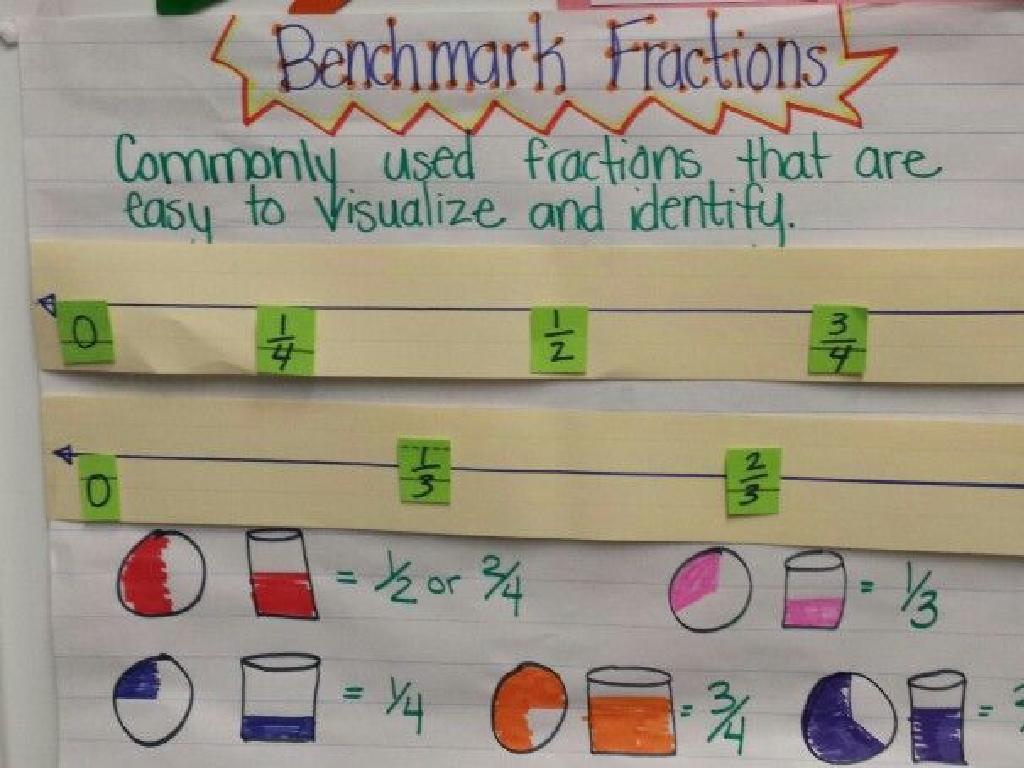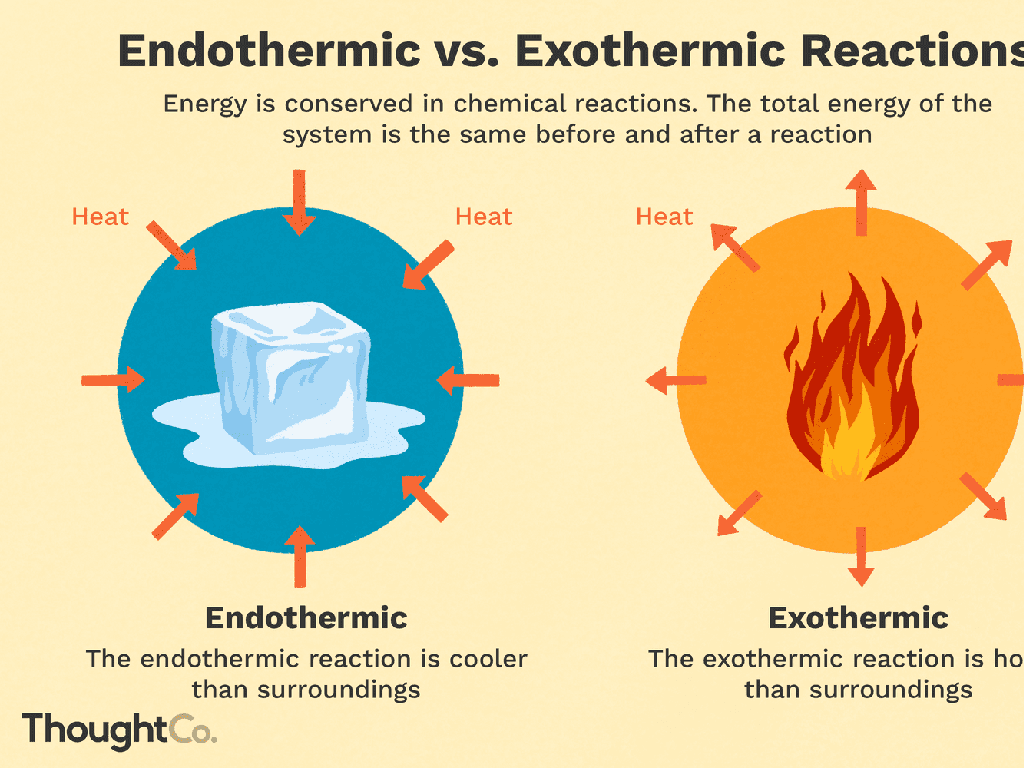Good, Better, Best, Bad, Worse, And Worst
Subject: Language arts
Grade: Sixth grade
Topic: Adjectives And Adverbs
Please LOG IN to download the presentation. Access is available to registered users only.
View More Content
Comparing with Adjectives and Adverbs
– ‘Good’ to ‘Best’: Understanding Degrees
– ‘Good’ is positive, ‘better’ is comparative, ‘best’ is superlative
– ‘Bad’ to ‘Worst’: Negative Comparisons
– ‘Bad’ is negative, ‘worse’ is comparative, ‘worst’ is superlative
– Why comparison is important
– Comparisons help us describe and relate objects or experiences
– Examples in sentences
– ‘She is a good singer, but he is better, and they are the best.’
|
This slide introduces the concept of comparison using adjectives and adverbs, focusing on the words ‘good, better, best’ and ‘bad, worse, worst.’ Students will learn how these words can be used to compare objects, people, or situations. Emphasize the importance of comparison in everyday language to describe differences and similarities. Provide examples to illustrate how the degree of comparison changes the meaning of the sentence. Encourage students to think of their own examples and understand how these words can enhance their descriptive writing.
Exploring Adjectives and Adverbs
– Adjectives describe nouns
– ‘Quick’ and ‘brown’ describe the fox
– Adverbs modify verbs and more
– ‘Quickly’ describes how he ran
– Identifying adjectives in sentences
– Recognizing adverbs in use
|
This slide introduces the basic concepts of adjectives and adverbs to the students. Adjectives are words that describe nouns, giving more information about things like color, size, and number. For example, in ‘The quick brown fox,’ ‘quick’ and ‘brown’ are adjectives describing the fox. Adverbs, on the other hand, modify verbs, adjectives, or other adverbs, often ending in ‘-ly.’ They describe how, when, where, and to what extent an action is performed, as in ‘He ran quickly,’ where ‘quickly’ describes the verb ‘ran.’ The class activity will involve identifying adjectives and adverbs in example sentences. Encourage students to think about the role each word plays in a sentence and how it adds to the meaning. This understanding is crucial for their development in writing and reading comprehension.
Degrees of Comparison: Adjectives and Adverbs
– Positive Degree: ‘good’, ‘bad’
– Basic form of the adjective or adverb
– Comparative Degree: ‘better’, ‘worse’
– Compares two things or people
– Superlative Degree: ‘best’, ‘worst’
– Compares three or more things or people
– Sentence application
– ‘She is a good student.’ ‘She is better than her brother.’ ‘She is the best in her class.’
|
This slide introduces the concept of degrees of comparison in adjectives and adverbs. The positive degree is used when no comparison is made. The comparative degree is used to compare two items, people, or actions, and the superlative degree is used for comparisons involving more than two. Provide examples for each degree and encourage students to create their own sentences using ‘good, better, best’ and ‘bad, worse, worst.’ Discuss how the meaning changes with the degree of comparison used. This will help students understand how to use these adjectives and adverbs effectively in their writing and speech.
Comparing with Adjectives: Good and Bad
– Positive degree: ‘good’ and ‘bad’
– ‘She is a good swimmer’, ‘This is a bad idea’
– Comparative degree: ‘better’ and ‘worse’
– ‘He is better than her’, ‘That is a worse idea’
– Superlative degree: ‘best’ and ‘worst’
– ‘She is the best in class’, ‘That is the worst idea ever’
– Practice using these words
|
This slide introduces the concept of degrees of comparison using the adjectives ‘good’ and ‘bad’. Start by explaining the positive degree, which describes a quality without comparison. Move on to the comparative degree, which compares two things, showing that one has more or less of the quality. Finally, discuss the superlative degree, which is used to describe the highest degree of the quality when comparing more than two things. Encourage students to come up with their own sentences using ‘good’, ‘better’, and ‘best’ for positive things, and ‘bad’, ‘worse’, and ‘worst’ for negative things. This will help them understand how to use these adjectives and adverbs in different contexts.
Irregular Adjectives and Adverbs
– ‘er’ and ‘est’ not always used
– Examples: Good, better, best
– Good is positive, better is comparative, best is superlative
– Examples: Bad, worse, worst
– Bad is positive, worse is comparative, worst is superlative
– Discover more irregulars
– Think of words like ‘far’, ‘farther’, ‘farthest’
|
This slide introduces students to irregular adjectives and adverbs, which don’t follow the typical ‘er’ and ‘est’ pattern for comparatives and superlatives. Highlight ‘good, better, best’ and ‘bad, worse, worst’ as primary examples. Encourage students to think of other irregular adjectives or adverbs they may know, such as ‘far, farther, farthest’ or ‘little, less, least’. This activity will help them recognize patterns and exceptions in English adjectives and adverbs. It’s a good opportunity to discuss why the English language has such irregularities, possibly touching on its historical influences.
Practice Time: Crafting Sentences
– Use ‘good, better, best’ in sentences
– Use ‘bad, worse, worst’ in sentences
– Pair up and create examples
– Work together to think of situations for each word
– Share your sentences with the class
– Discuss what made your sentences creative or unique
|
This slide is designed for a class activity to practice using comparative and superlative adjectives. Students should work in pairs to create sentences that correctly use ‘good, better, best’ and ‘bad, worse, worst’. Encourage them to think of real-life scenarios where they might use these words. For example, comparing foods they like, movies they’ve seen, or even their experiences in different classes. After they have created their sentences, each pair will have the opportunity to share their examples with the class. This will help students learn from each other and understand the usage of these adjectives in various contexts. As a teacher, be prepared to provide feedback and ensure that each pair understands why a particular form of the adjective is used in their sentence.
Class Activity: Comparative and Superlative Skits
– Form groups for skit creation
– Use ‘good, better, best’ in skits
– Show progression: ‘My day was good, but yours was better, and hers was the best!’
– Include ‘bad, worse, worst’ in skits
– Show decline: ‘The weather was bad, got worse, and now it’s the worst!’
– Perform your skit for the class
|
This activity is designed to help students understand and practice using comparative and superlative forms of adjectives. Divide the class into small groups and instruct them to write and perform skits that incorporate the phrases ‘good, better, best’ and ‘bad, worse, worst.’ Encourage creativity and the use of real-life scenarios where these forms might be used. Possible skit ideas: a cooking competition (good, better, best dishes), a sports day (bad, worse, worst weather conditions), a classroom scenario (good, better, best grades), or a travel story (bad, worse, worst vacation experiences). This will help students internalize the degrees of comparison and how they are used in everyday language.
Wrapping Up & Homework Assignment
– Congratulations on today’s learning!
– Homework: Craft a short story
– Let your creativity flow and have fun with the story
– Include 5 comparative/superlative forms
– Examples: ‘faster, fastest’, ‘happier, happiest’
– Use ‘good, better, best’, ‘bad, worse, worst’
– Show how things can improve or deteriorate
|
Today’s class focused on understanding and using comparative and superlative adjectives and adverbs. For homework, students are tasked with writing a short story that incorporates at least five different examples of these forms, ensuring they include ‘good, better, best’ and ‘bad, worse, worst’. This exercise will help reinforce their understanding of the material covered in class. Encourage creativity and remind them that the goal is to practice using these adjectives and adverbs in context. In the next class, be prepared to discuss some of the stories and highlight the correct usage of comparative and superlative forms.

